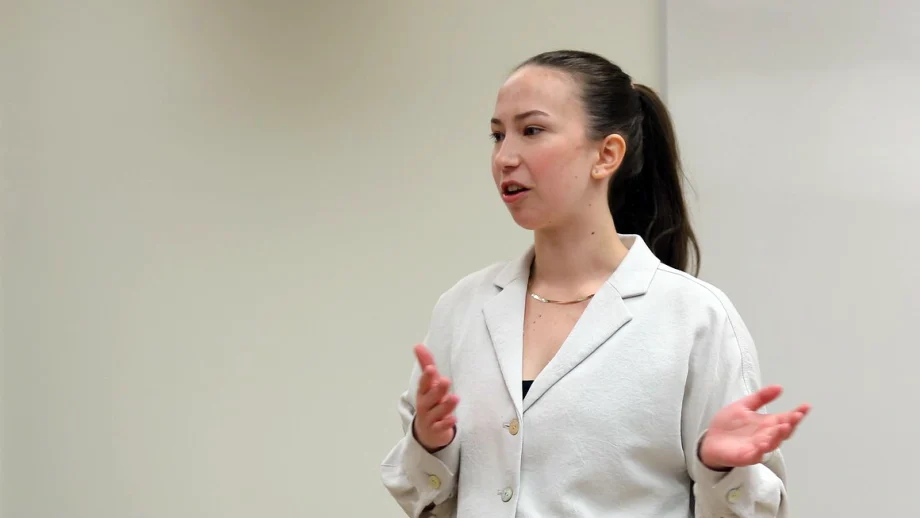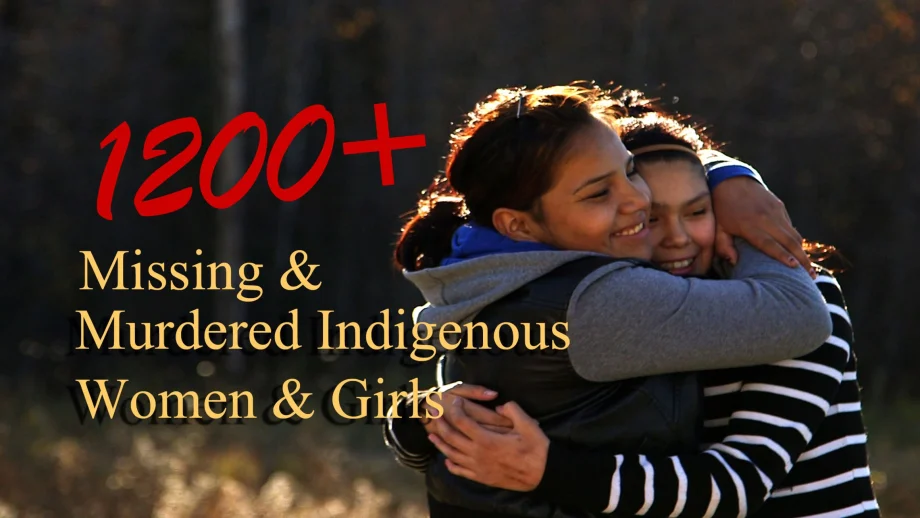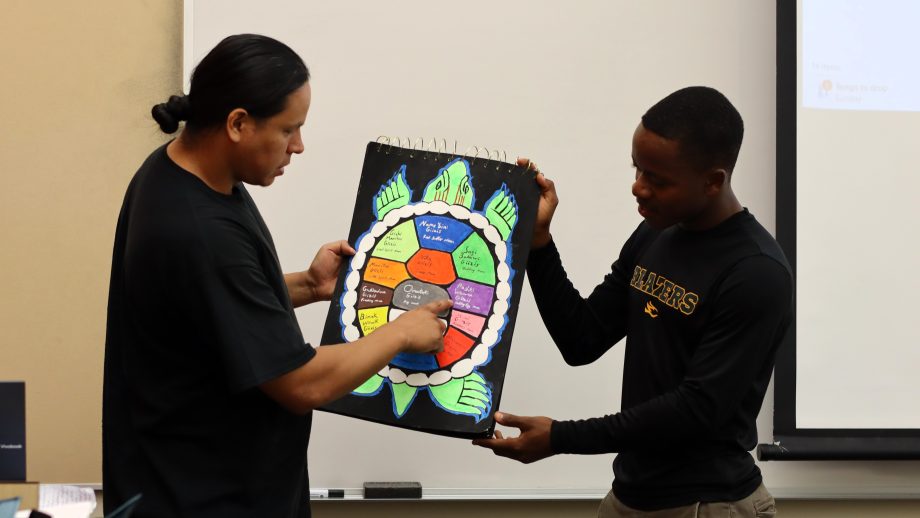Updated: November 20, 2015
Earlier this year, The University of Winnipeg Senate, which is responsible for academic governance, approved — in principle — a motion that will make Indigenous learning part of the undergraduate degree requirements for all UWinnipeg students. Read more.
The Indigenous Requirement proposal began as a joint initiative of the University of Winnipeg Students’ Association (UWSA) and the Aboriginal Students Council in November of 2013. The proposal went through examinations and revisions throughout 2014, and was approved “in principle” by Senate in April of 2015. The proposal was formally approved by Senate on November 20, 2015.
Below are answers to some commonly-asked questions arising from the proposal:
1) I’m a current student; how will this affect me?
If you are an existing student at the University of Winnipeg, your graduation requirements will not change. You are able to change majors, programs, or areas of study without having the Requirement apply to you. The Requirement will only apply to students who register after the requirement is fully implemented, which is anticipated to happen for the 2016-17 academic year.
2) Will I need to take an additional course to graduate?
No. Students must earn either 90 credit hours for a 3-year degree, or 120 credit hours for a 4-year degree. While the specifics of the requirement continue to be determined, the number of courses students will have to take to graduate will not change.
3) Who will this Requirement apply to?
The Requirement will apply to all undergraduate students, with the exception of students in the Faculty of Education who are currently required to take a course that focuses on Indigenous learning.
4) What courses are available to choose from, in order to fulfill the requirement?
A number of qualifying 3 credit-hour courses will be made available in time for the registration period of the 2016-17 academic year. In the coming months, academic departments will evaluate which courses meet the criteria, in that the greater part of the content is local Indigenous material — derived from or based on an analysis of the cultures, languages, history, ways of knowing or contemporary reality of the Indigenous peoples of North America.




